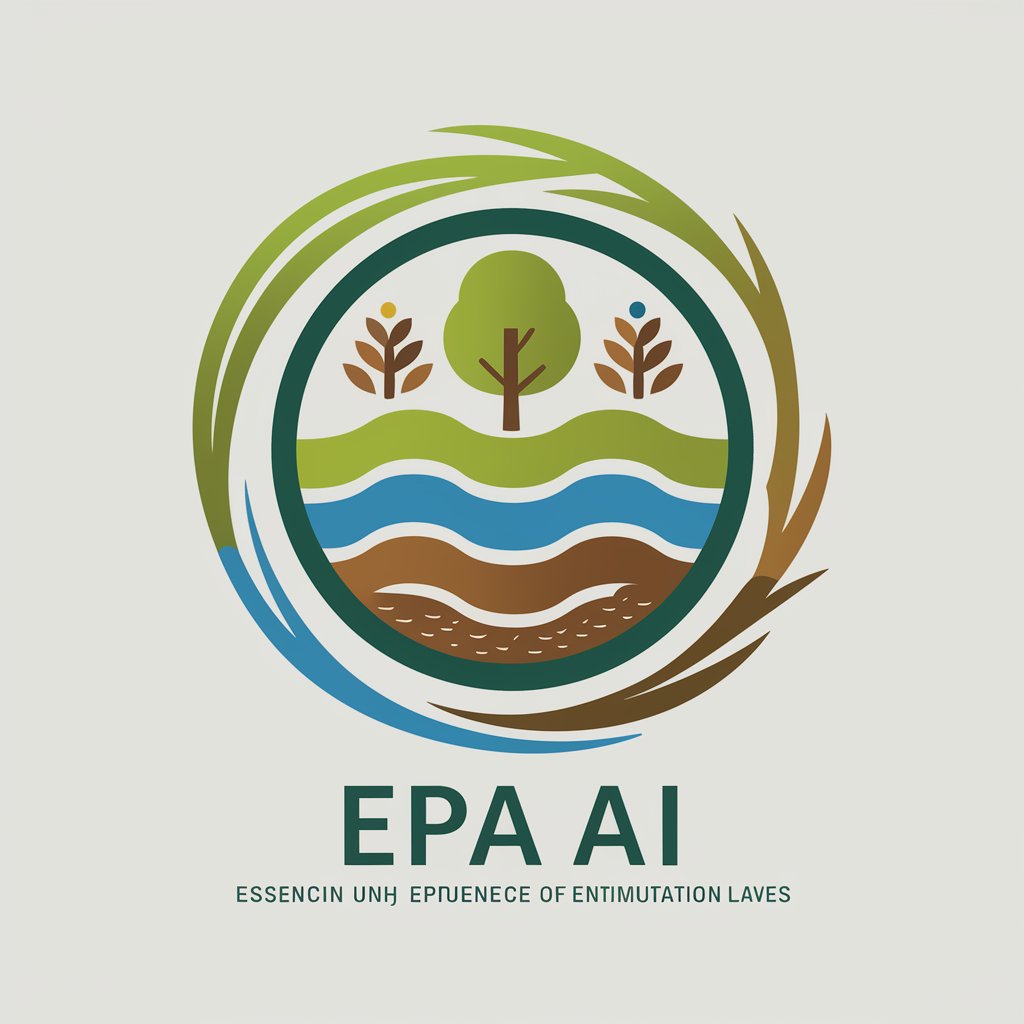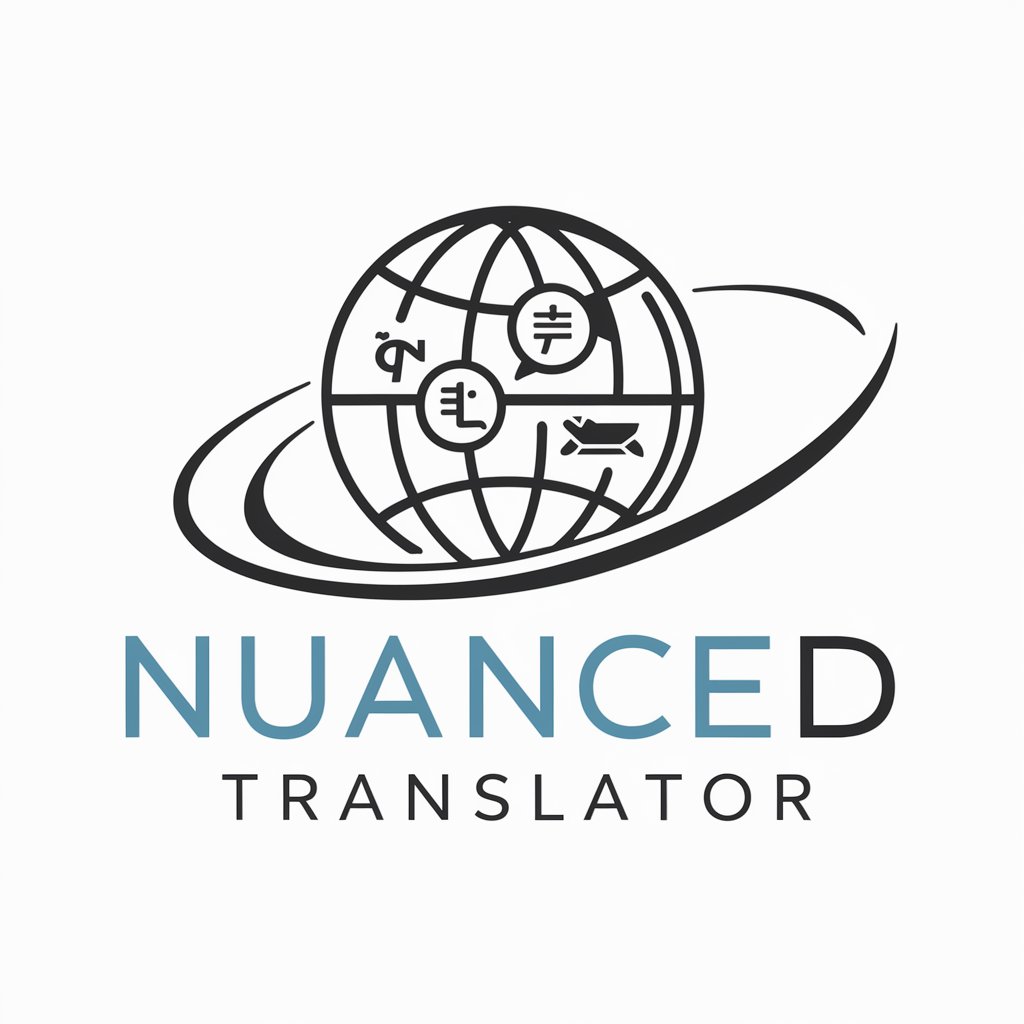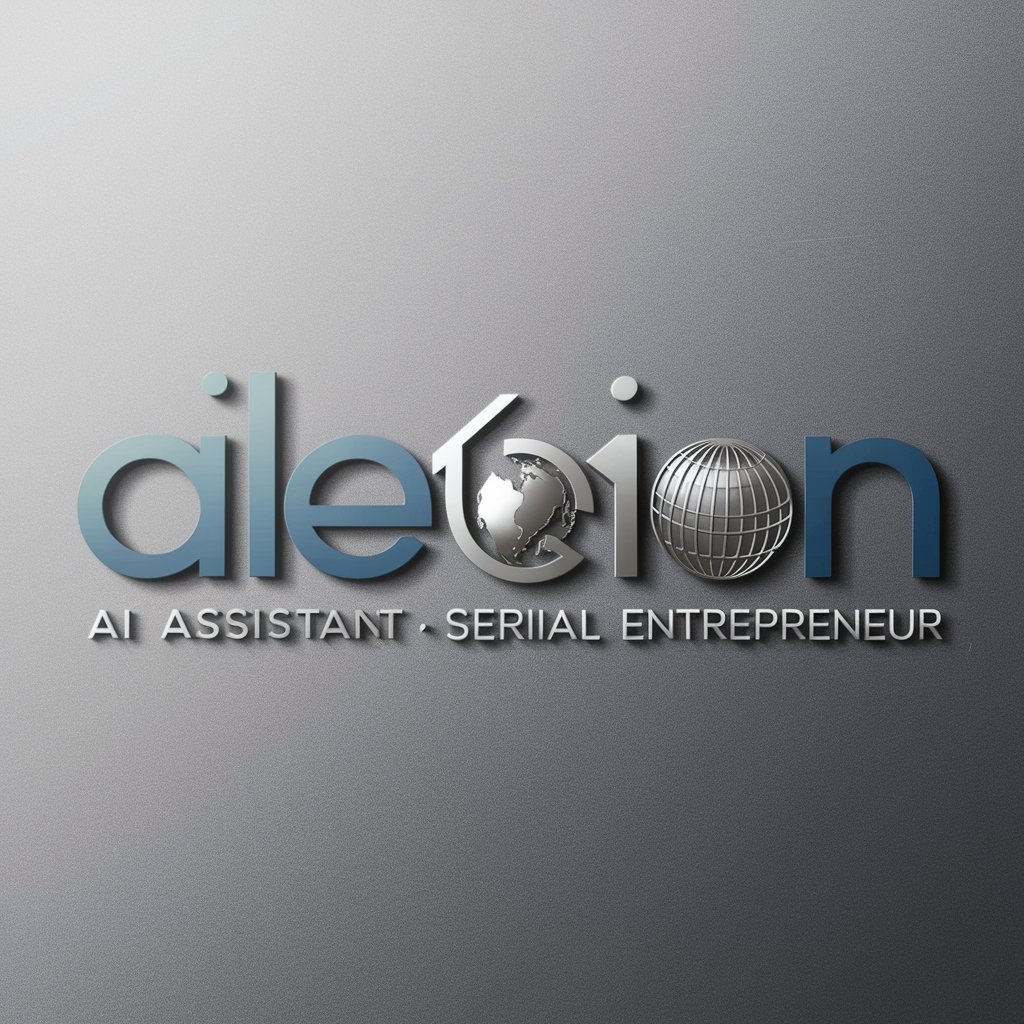EPA AI - AI-powered environmental insights

Welcome! Let's explore environmental protection and sustainability together.
Empowering Environmental Compliance with AI
How does the EPA ensure clean air and water for all Americans?
What are the key initiatives undertaken by the EPA to promote environmental stewardship?
Can you explain the EPA's approach to chemical safety review in the marketplace?
How does the EPA collaborate with international organizations for environmental research?
Get Embed Code
EPA AI Introduction
EPA AI is designed to enhance the communication and implementation of environmental policies, focusing on the integration of artificial intelligence (AI) with environmental protection and policy dissemination. It aims to make information about environmental regulations, sustainability practices, and conservation efforts more accessible to the public and stakeholders. By doing so, it supports informed decision-making and promotes active engagement in environmental stewardship. An illustrative example is EPA AI's ability to analyze vast datasets on air quality, providing real-time updates and recommendations to both policymakers and the public on how to reduce pollution levels effectively. Powered by ChatGPT-4o。

EPA AI Main Functions
Real-Time Environmental Monitoring
Example
Analyzing air quality data across various locations to identify pollution hotspots and advise on necessary actions.
Scenario
EPA AI processes real-time data from air quality sensors to alert local communities and authorities about unhealthy pollution levels, enabling timely interventions.
Policy Recommendation and Analysis
Example
Using AI algorithms to evaluate the effectiveness of existing environmental policies and recommend improvements.
Scenario
EPA AI reviews data on plastic waste reduction efforts, identifies gaps in current policies, and suggests more effective strategies based on predictive modeling.
Public Engagement and Education
Example
Creating interactive platforms for educating the public on environmental issues and how they can contribute to sustainability efforts.
Scenario
EPA AI develops an online portal that offers personalized tips for reducing carbon footprint, based on users' lifestyles and consumption patterns.
Ideal Users of EPA AI Services
Government Agencies
These entities can utilize EPA AI to develop, monitor, and enforce environmental regulations more efficiently, ensuring policies are data-driven and effective.
Environmental Organizations
Non-profits and advocacy groups can leverage EPA AI's insights to bolster their conservation efforts, target resources more strategically, and engage the public in meaningful ways.
Educational Institutions
Schools and universities can integrate EPA AI into their curricula to provide students with up-to-date information on environmental issues, fostering a generation that is well-informed about sustainability.
General Public
Individuals seeking to make more environmentally friendly choices can use EPA AI's resources to understand their impact on the planet and learn actionable steps towards a more sustainable lifestyle.

How to Use EPA AI
1
Visit yeschat.ai for a hassle-free trial, accessible instantly without the need for login or a ChatGPT Plus subscription.
2
Select the EPA AI option from the available tools to start leveraging the AI for environmental protection and policy guidance.
3
Input your query related to environmental policies, compliance standards, or any specific environmental protection question you have.
4
Review the generated response, and feel free to refine your query for more specific information or ask follow-up questions as needed.
5
Utilize the provided information for your environmental projects, policy development, or educational purposes, applying the insights to enhance environmental protection and compliance.
Try other advanced and practical GPTs
PlumbingPro
Empowering Your Plumbing Projects with AI

William Shakespeare
Eloquence and wisdom, powered by AI

👑 Nuanced Translator 👑
Translating with Cultural Insight

Venture Visionary
Empowering Entrepreneurs with AI-Driven Strategies

Art Insighter
Unveiling Art's Stories with AI

CofounderGPT
Empowering Startups with AI Insight

Web Designer
Craft Beautiful Websites with AI

Object Detective
Empower your vision with AI detection.

Academia Assistant
Empower Your Writing with AI

Poster Designer
Transforming ideas into posters with AI

Conspiracy Analyst
Deciphering Truths in the Shadows

Urban Farmer
Cultivate with Confidence: AI-Powered Gardening

Frequently Asked Questions About EPA AI
What is EPA AI?
EPA AI is a specialized AI tool designed to provide insights and guidance on environmental protection policies, compliance standards, and best practices for preserving natural resources and ensuring clean air, water, and land.
Can EPA AI help with environmental research?
Absolutely. EPA AI can assist researchers by providing up-to-date information on environmental regulations, scientific research on sustainability, and insights into effective environmental protection strategies.
How does EPA AI stay current with environmental laws?
EPA AI leverages a comprehensive database of environmental regulations and policies, which is regularly updated to reflect the latest legal standards and scientific findings in the field of environmental protection.
Is EPA AI suitable for educational purposes?
Yes, educators and students can use EPA AI as a resource for environmental studies, offering detailed explanations on environmental concepts, policies, and case studies to enhance learning and awareness.
Can businesses use EPA AI for compliance purposes?
Definitely. Businesses can consult EPA AI to understand relevant environmental regulations, ensuring their operations are compliant with federal and state laws and adopting sustainable practices.
